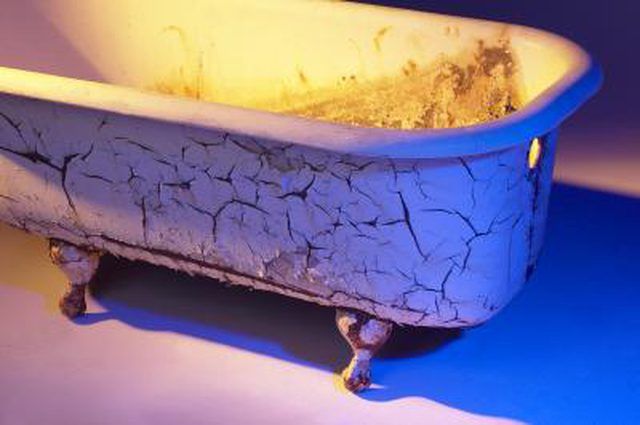Bulbs
Flower Basics
Flower Beds & Specialty Gardens
Flower Garden
Garden Furniture
Garden Gnomes
Garden Seeds
Garden Sheds
Garden Statues
Garden Tools & Supplies
Gardening Basics
Green & Organic
Groundcovers & Vines
Growing Annuals
Growing Basil
Growing Beans
Growing Berries
Growing Blueberries
Growing Cactus
Growing Corn
Growing Cotton
Growing Edibles
Growing Flowers
Growing Garlic
Growing Grapes
Growing Grass
Growing Herbs
Growing Jasmine
Growing Mint
Growing Mushrooms
Orchids
Growing Peanuts
Growing Perennials
Growing Plants
Growing Rosemary
Growing Roses
Growing Strawberries
Growing Sunflowers
Growing Thyme
Growing Tomatoes
Growing Tulips
Growing Vegetables
Herb Basics
Herb Garden
Indoor Growing
Landscaping Basics
Landscaping Patios
Landscaping Plants
Landscaping Shrubs
Landscaping Trees
Landscaping Walks & Pathways
Lawn Basics
Lawn Maintenance
Lawn Mowers
Lawn Ornaments
Lawn Planting
Lawn Tools
Outdoor Growing
Overall Landscape Planning
Pests, Weeds & Problems
Plant Basics
Rock Garden
Rose Garden
Shrubs
Soil
Specialty Gardens
Trees
Vegetable Garden
Yard Maintenance
How to Build a Garden Pond in a Tub
How to Build a Garden Pond in a Tub. If you'd like a garden pond, but don't have space, time or money to build a large in-the-ground pond, start small. A wine or whiskey barrel makes an attractive pond, or if you have an old cast-iron bathtub, that's even better. They attract wildlife, take up little space, take no time to build, and need very...

If you'd like a garden pond, but don't have space, time or money to build a large in-the-ground pond, start small. A wine or whiskey barrel makes an attractive pond, or if you have an old cast-iron bathtub, that's even better. They attract wildlife, take up little space, take no time to build, and need very little upkeep.
Things You'll Need
A large container such as a half wine barrel, old bathtub, or water trough
Plastic pond liner (if using a wooden barrel)
Silicone caulk
Water plants (water lilies, marginals, and floating)
Small pots or aquatic plant baskets for the water plants
Unscented clay kitty litter
Goldfish
Concrete blocks
Place your pot pond container where you want it. Make sure the ground is packed and level under it, or it is sitting on a patio or pavers. Ponds like sun, so full sun to partial shade make the plants the happiest.
Plug any holes in your container with silicone caulk, or line it with a pond liner to seal. If your pond will be in a wooden whiskey or wine barrel, be sure to line it with a pre-formed PVC plastic pond liner or a heavy rubber pond liner sheet. Barrels that have held fermentations can leach substances into your pond that can upset its ecological balance.
Place concrete blocks in one end of the tub to set the marginals on, and to provide hidey-holes for the fish in the openings of the blocks. The tops of the marginal pots should be level with the surface of the water.
Place pots with water lilies in the bottom, and pots with marginals on the concrete blocks. It's best to use pots for the plants because their roots are very invasive, and it makes maintaining the pond easier. Soak unscented clay kitty litter to use as potting soil. Regular soil has too many particles that float.
Fill the pond with water. Add some water from standing rainwater, a puddle, pond or ditch as "starter" for your pond ecology. Add the floating plants -- water hyacinth, fairy moss or water lettuce. Add any fish. One or two small feeder goldfish are sufficient -- and can grow fairly large. A pond can support 1 inch of fish for every 5 gallons of water it contains, so a 50-gallon pond could support two fish that grow to 5 inches long each.
Tips & Warnings
The fish eat algae and mosquito larvae, helping to keep your pond healthy. Tadpoles are a good addition, too.
Spread a 1-inch layer of coarse sand or clay kitty litter in the bottom of your tub to give the fish something interesting to scavenge for food in.
It's not necessary to feed your fish since there will be plenty of natural food, but any goldfish food will keep them friendly and healthy.
If you have electricity near by, a little water pump and small fountain from a garden store adds a happy burbling, and keeps the water circulated.
Add a large clay pot base supported by concrete blocks to create a shallow end for birds to bathe
If your water source is chlorinated, let it stand a few days before adding fish.
If you live in an area with racoons or other pond predators, you might need to erect a fence around your tub to keep them out. They can tear a pond to pieces in one night.
Just like a hot tub, pot ponds can be heavy! If you place it on a deck, make sure it is well supported underneath.